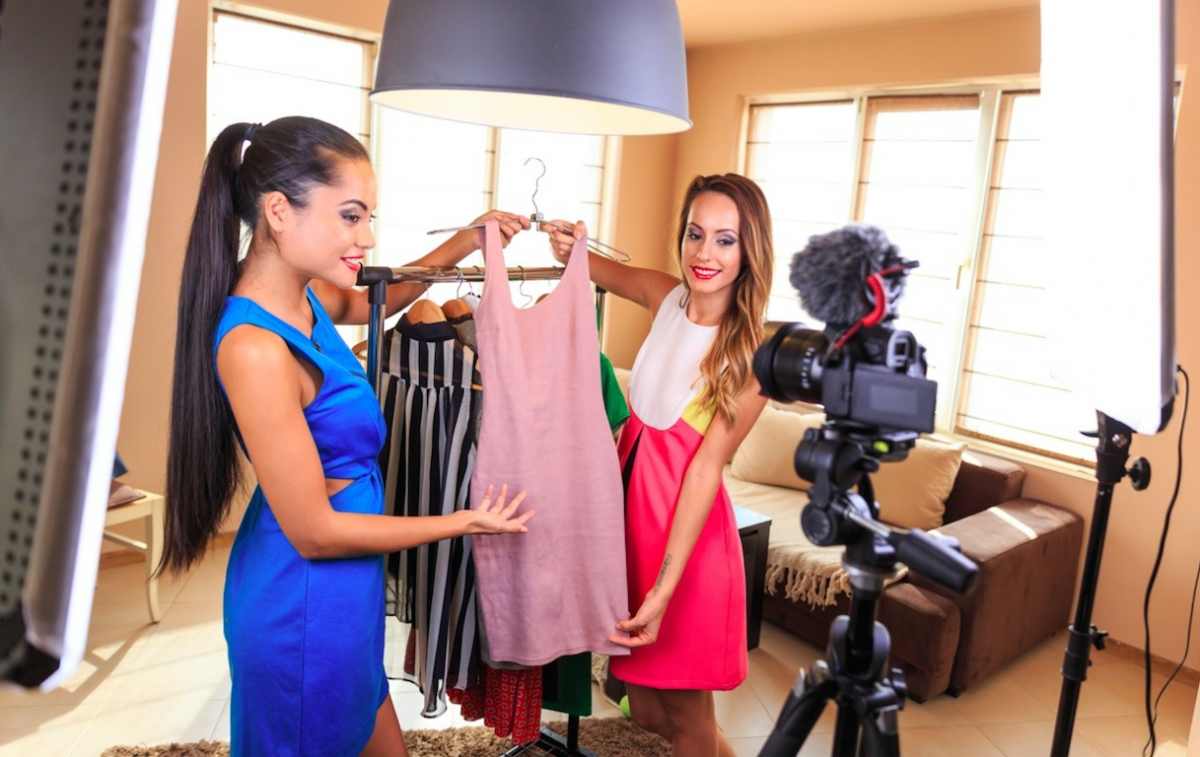Shop-Along-marktonderzoek
Wat is Shop-Along-marktonderzoek?
Shop-alongonderzoek is een speciaal type diepgaand interview waarbij één op één de klant aan het woord komt. Hierbij wordt gekeken naar daadwerkelijk winkelgedrag, en niet naar gedrag dat pas na de gebeurtenis wordt herinnerd en gerapporteerd.
Onderwerpen die besproken kunnen worden, zijn onder meer:
- De product: displays, schappen, bewegwijzering, verpakkingen, etikettering, prijzen en branding.
- De fysieke winkelinrichting: indeling, verlichting, wendbaarheid en netheid.
- Personeel: beschikbaarheid en behulpzaamheid van personeel, verkopers en/of klantenservice.
Hier zijn enkele specifieke vragen:Ndie niet allemaal op elke situatie van toepassing zijn – die het mogelijk maken voor interactie met consumenten en dieper onderzoek tijdens het winkelproces:
- Waar begin je? (Weet je waar het product zich bevindt, of heb je hulp nodig?)
- Hoe gemakkelijk is het/hoe lang duurde het om het product te vinden?
- Is het gemakkelijk om door de winkel te navigeren?
- Wordt u onderweg door iets afgeleid?
- Valt het product op door de plaatsing ervan?
- Wat is de invloed van een merk, een kortingsbon of een speciale prijs?
- Is het product gemakkelijk te bereiken (en op te pakken)?
- Bevat het pakket de gewenste informatie (tekst en afbeeldingen) over de inhoud?
Wanneer u Shop-Along-onderzoek moet gebruiken
De meest voorkomende reden om deze methode te gebruiken is om onmiddellijke, realtime feedback van consumenten te krijgen waar en wanneer ze een aankoop overwegen.
Hoewel vrijwel elke winkelervaring met deze onderzoekstechniek bestudeerd kan worden, zijn hier enkele veelvoorkomende sites:
- supermarkt
- "grote doos" winkel
- winkel (bijv. Verizon, Home Depot)
- apotheek
- winkelcentrum
- autoshowroom
Hoe verloopt een Shop-Along?

A opgeleide kwalitatieve onderzoeker moeten worden ingehuurd om te observeren en te bevragen wat shoppers zien, denken en voelen over de winkelomgeving, het product en de categorie (inclusief concurrentie en alternatieven).
- Met input van de opdrachtgever wordt een discussiegids met voornamelijk open vragen ontwikkeld.
- Een opnameapparaat zoals een smartphone of camcorder wordt over het algemeen gebruikt om videodetails van de shop-along vast te leggen voor latere analyse en delen. In de meeste gevallen is een derde persoon nodig om deze taak uit te voeren – meestal van het bedrijf van de interviewer; maar het kan ook de klant zijn, die dan van dichtbij kan observeren, in realtime.
Gekwalificeerde gebruikers van een product of categorie of die een beoogde bedrijfslocatie frequenteren, moeten worden gerekruteerd. Dit kan op ten minste twee manieren worden bereikt.
- Marktonderzoeksbedrijven hebben doorgaans een bestaand panel waarvan de demografie en aankoopgeschiedenis bekend zijn. Een geschikte steekproef kan vervolgens verder worden gescreend en gecontacteerd om deel te nemen aan het onderzoek. Er worden afspraken gemaakt voor de interviewer om de klant op een afgesproken tijd en plaats te ontmoeten en de winkelervaring te beginnen.
- Het onderscheppen van winkelbezoeken kan worden gebruikt om winkelend publiek te screenen wanneer zij een winkel binnengaan.
- Stimulansen: Contant geld is altijd een populaire vorm van compensatie, maar bij aankopen tijdens de winkel kunnen cadeaubonnen of tegoeden voor toekomstige aankopen van het product ook werken.
Zoals bij andere kwalitatieve onderzoeksmethoden is de steekproefomvang bij shop-along-onderzoek beperkt. In plaats van alleen de resultaten te projecteren op een algemeen publiek, is het een goed idee om ook bevindingen te analyseren om inzichten te verkrijgen voor verdere verkenning en testen.



